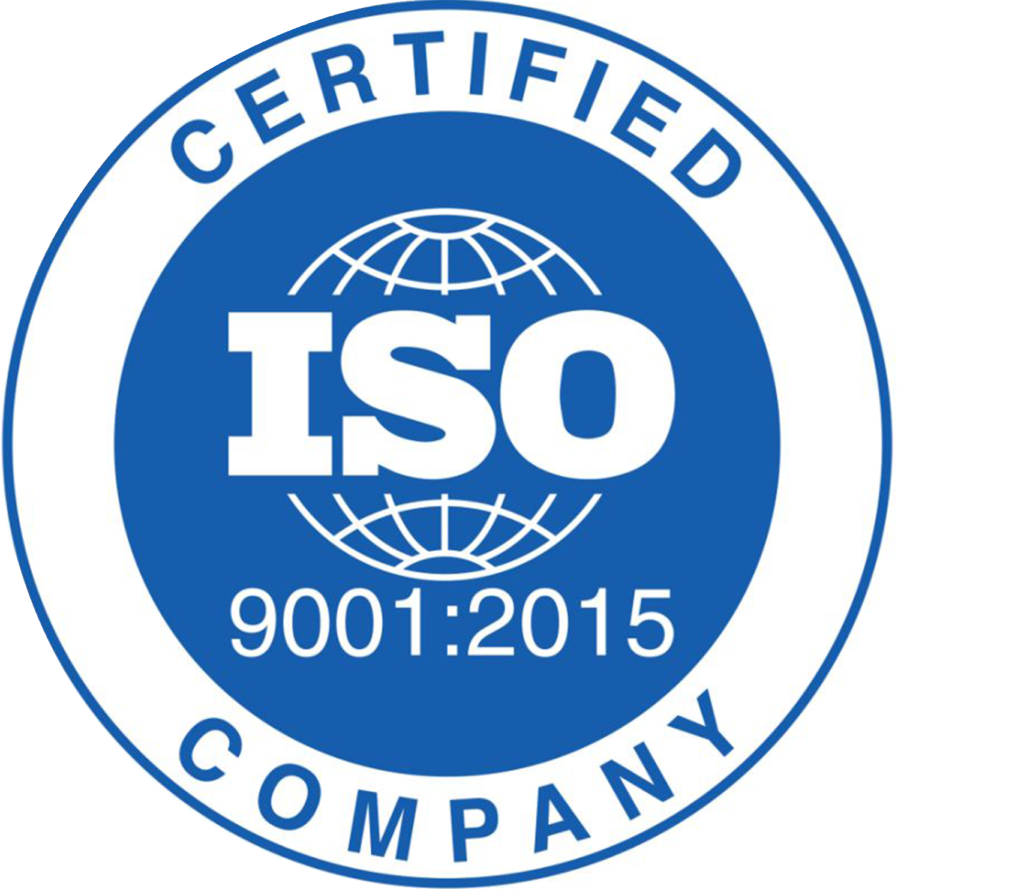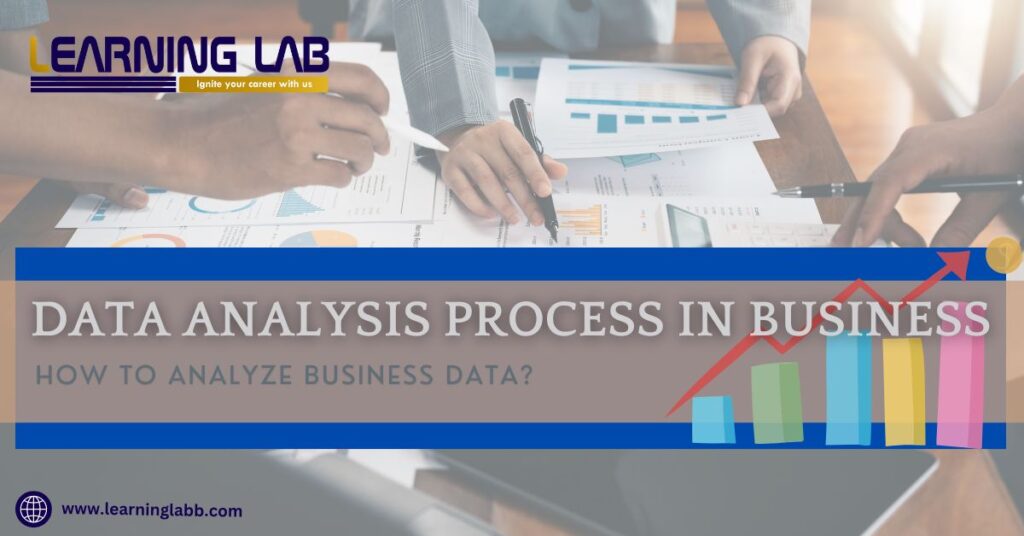Data Analysis Process In Business: To say today’s world is data drive wouldn’t be deceptive. The importance of understanding the data analysis process in business cannot be overstated. Businesses generate vast amounts of data every day, and the ability to analyze this data effectively can be a game-changer.
This article contains the following:
- How To Analyze Business Data
- Business Data Analysis Techniques
- Business Data Analysis Tools
Data Analysis Process In Business: How To Analyze Business Data?
Pretty sure you’ve seen “5 steps of data analysis” “7 stages of data analysis” or even “5 levels of data analysis,” but what really is the right way to analyze data? How to analyze business data? Let’s learn it here.
Step 1: Define objectives
Start by clearly defining your business objectives. What questions are you trying to answer? What problems are you seeking to solve? Are you looking to increase sales, improve customer satisfaction, or optimize operations? Knowing your goals will guide the entire data analysis process in business and ensure you’re focusing on the right data.
Step 2: Collect the data
Get all the necessary data from various sources such as sales records, customer feedback, social media, and market research. This step is especially important in the data analysis process in business.
Step 3: Clean the data
Raw data is often messy, riddled with errors or inconsistencies. Data cleaning involves removing duplicates, correcting errors, and dealing with missing values. This step ensures that your data is accurate and reliable, which is essential for meaningful analysis.
Step 4: Analyse the data
Now comes the fun part (also crucial)—analyzing the data. There are several business data analysis techniques you can use, depending on your goals and the nature of your data. This stage involves statistical analysis, identifying patterns, and deriving insights.
Step 5: Interpretation of results
Interpret the results of your analysis in the context of your business objectives. What do the numbers mean for your business? How can you leverage these insights to make better decisions? This is where you turn data into actionable insights.
Step 6: Data visualisation
Data visualization is a powerful way to communicate your findings – be it stakeholders or your employees. Make sure to use charts, graphs, and dashboards to present the data in an easily digestible format as it helps understand the insights quickly and take action.
Step 7: Decision making
Finally, use the insights gained from your analysis to make informed business decisions. Whether it’s improving customer satisfaction, advance operations, or driving sales, the data analysis process in business should lead to actionable strategies.
In a glimpse, getting an idea of how to analyze business data ensures that businesses can leverage their data to make informed decisions, identify opportunities, and solve problems efficiently.

5 Business Data Analysis Techniques
There are several business data analysis techniques that can help you make sense of your data, and they are as follows:
1. Descriptive Analysis: This technique involves summarizing historical data to understand what has happened in the past. It includes measures like mean, median, mode, and standard deviation.
2. Diagnostic Analysis: This technique helps identify the cause of past events. It often involves drill-down, data discovery, and correlations.
3. Predictive Analysis: By using statistical models and machine learning algorithms, predictive analysis forecasts future trends and outcomes based on historical data.
4. Prescriptive Analysis: This advanced technique suggests actions you can take to achieve desired outcomes. It combines insights from predictive analysis with optimization algorithms.
5. Exploratory Data Analysis (EDA): This involves using visual methods to analyze data sets to find patterns, spot anomalies, test hypotheses, and check assumptions.
Applying these business data analysis techniques can help businesses gain a deeper understanding of their operations and market conditions, which can result in strategic decisions that can eventually boost the overall growth of any organisation.
7 Business Data Analysis Tools
To effectively implement the data analysis process in business, you’ll need the right business data analysis tools. Here are some of the most popular tools available for business data analysis processes:
1. Excel: A widely used tool for basic data analysis. It offers functionalities like pivot tables, charts, and statistical functions.
2. Tableau: Known for its powerful data visualization capabilities, Tableau helps in creating interactive and shareable dashboards.
3. Power BI: A business analytics service by Microsoft that provides interactive visualizations and business intelligence capabilities with an interface simple enough for end users to create their own reports and dashboards.
4. R: A programming language specifically designed for data analysis and visualization. It’s ideal for statistical analysis and graphical representation.
5. Python: With libraries like Pandas, NumPy, and Matplotlib, Python is a versatile tool for data analysis and visualization.
6. SAS: A software suite developed for advanced analytics, multivariate analysis, business intelligence, data management, and predictive analytics.
7. Google analytics: For businesses with an online presence, Google Analytics is an essential tool. It provides insights into website traffic, user behaviour, and conversion rates, helping businesses optimize their digital strategies.

On A Final Note…
The data analysis process in business is indefinitely a critical component of modern business strategy. When you gather an understanding of how to analyze business data, employing the right business data analysis techniques, and utilizing powerful business data analysis tools, companies can transform raw data into valuable insights.
Eventually and surely these insights drive better decision-making, boost innovation, and create a competitive edge for the organisation in the marketplace. And don’t forget – continuously refining your data analysis process in business ensures that you stay ahead of the curve, making smarter, data-informed decisions that propel your business forward.
Visit us to learn more. Click here.
FAQs
What are the 5 processes of data analysis?
The framework for analyzing data consists of five sequential steps: identifying business questions, collecting and storing data, cleaning and preparing data, analyzing data, and visualizing and communicating findings.
What is the data analysis process?
Data analysis involves thorough examination, cleaning, transformation, and modeling of data to uncover valuable insights, make informed conclusions, and facilitate decision-making.
What are the 5 V’s of data analysis?
The 5 Vs in Big Data are Volume, Velocity, Variety, Veracity, and Value.





